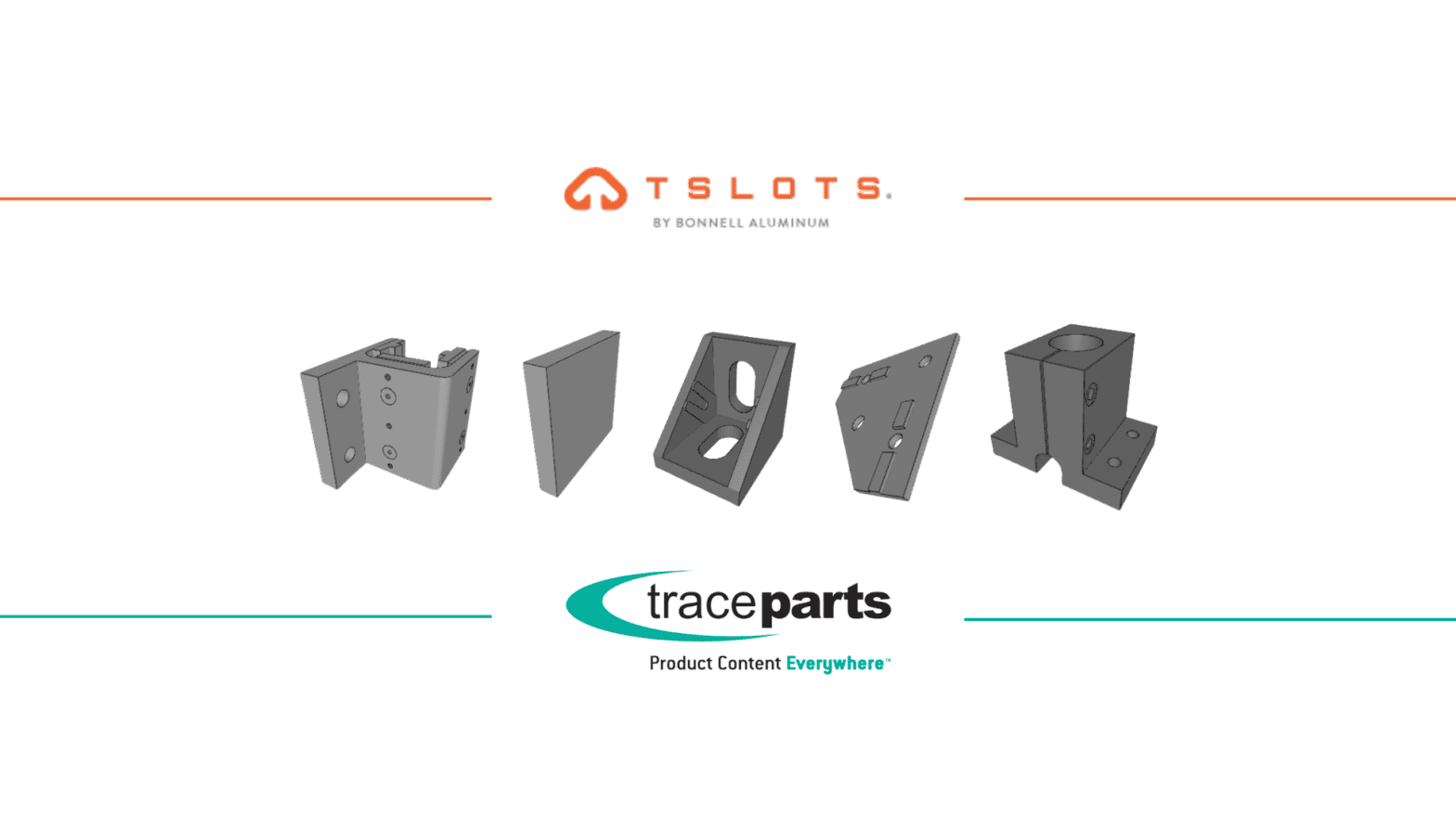The world of 3D design can be very confusing. Not only is there a wide range of 3D software
from which to choose, but designers must pay close attention to the file
formats they select when downloading, sharing and saving their creation. In this blog, we look at the difference between
“neutral” and “native” file formats.
Neutral Formats
Sharing digital documents has become a relatively easy process, as Portable Document Format (pdf) has become increasingly adopted as a universal standard. In contrast, when it comes to 3D file formats there is no single “industry standard”. There are some model formats that are designed to be usable by all, including STEP, IGES, Parasolid and several others. However, there is no single option that is suitable for all applications. Despite this, there are advantages to using a neutral format.
Neutral formats are designed to be universal. One of the advantages of a neutral format is
that it allows, in theory at least, the chance to share 3D information between companies
and collaborators. Almost all 3D
software platforms enable the importing and exporting of neutral formats. However, there are pitfalls of sharing 3D design
information that need to be considered.
The first aspect that needs to be understood is geometry. The 3D representation of the solid object is, after all, the primary role of 3D modelling. In order to be truly universal, the geometry of the model needs to be interpreted accurately by any software that uses it. Errors can occur, and unfortunately, neither IGES nor STEP can be relied up to provide complete accuracy during the import or export process. This requires designers to perform additional checks to ensure that the transfer of information is correct.
The second pitfall to be aware of is integration. A model is only part of the story, and there
needs to be accompanying data that allows the model to become part of a design. This data includes commercial, technical and supply
chain information. It provides the user
with information as varied as the part number of the model, its manufacturer,
the material from which it is made, and a host of other details.
Even if a neutral file format can contain this information, each 3D software design system may handle the data differently. In addition, as design software is increasingly integrated with Product Lifecycle Management (PLM) software as part of the Digital Thread, this data is becoming more important. There are some new neutral formats, such as STEP AP242, that try to address this issue, but problems may remain unseen, ready to come back and haunt the engineer later.
Native Formats
There is an alternative to neutral formats. Every 3D modelling software platform generates
its own file format, optimised for use in its own virtual environment. This is known as the native file format.
When considering the use of native formats, it is important to remember that the current platforms are so much more than simple drafting tools. These are true computer-aided design platforms, not just a replacement for traditional paper-and-pencil techniques. Modern CAD software provides the designer with a range of tools, from simulation to finite element analysis.
Models created using the native format will conform to all of the software’s internal rules, and will contain all of the information needed to take advantage of these complex features. Native CAD models will allow the use of these features in a way that files like STEP or IGES may not be able to access. And there are even examples when STEP files do not even translate their geometry correctly, forcing designers to spend valuable time checking measurements.
However, the real power behind native formats will become clear when we look at the Digital Thread. As 3D design software is integrated into the PLM framework, only models that are native to the CAD system can take full advantage of the through-life support that PLM software provides.
Which to Choose?
The choice between neutral and native file formats is not
simple. For engineers that wish to share
their designs with colleagues, neutral file formats may be the only choice. Under these circumstances, designers must be
ready to check the accuracy of the information to make sure their work is not
corrupted.
If the designer is downloading models for use in new designs, then native file formats are the best possible choice. The accuracy that is built into a native file will provide designers with the confidence that they have chosen the right component, and that their design will be able to make full use of PLM software.


 English
English Deutsch
Deutsch Français
Français Italiano
Italiano Español
Español Português
Português 中文 (中国)
中文 (中国) 日本語
日本語

 08/11/2022
08/11/2022  Новости TraceParts, ресурсы для проектировщиков, Цифровые каталоги запчастей
Новости TraceParts, ресурсы для проектировщиков, Цифровые каталоги запчастей 
